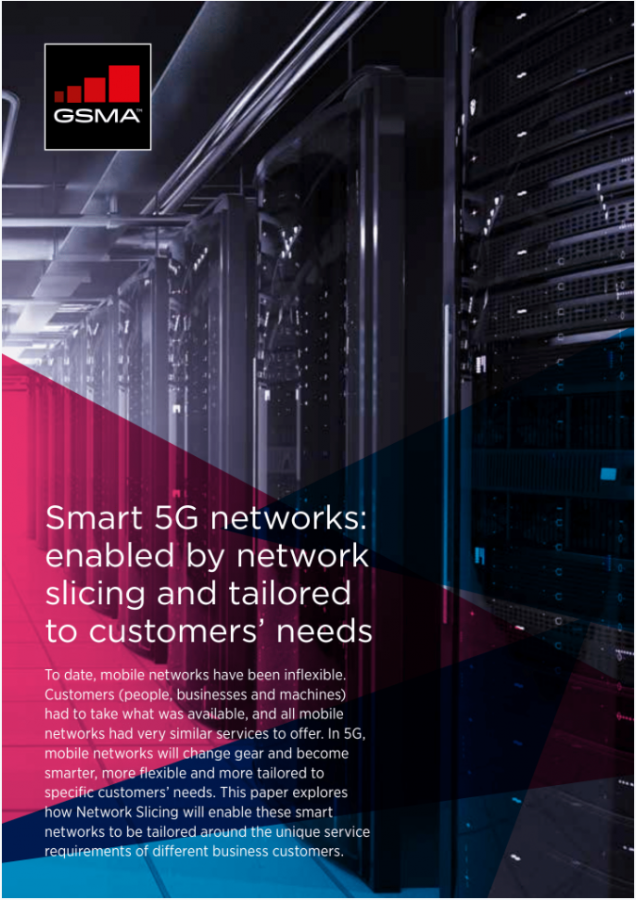Smart 5G networks: enabled by network slicing and tailored to customers’ needs
5G mobile networks, will provide even more speed and higher quality than its predecessors. Importantly too, they will also introduce a novel
architecture solution that allows the creation of a set of logically independent networks that run on a common physical infrastructure.
Each of these logically independent networks (network slices) can be designed to fulfill specific business needs, making 5G a truly smart network.
The complexity of how network slicing delivers its benefits to the 5G user will not be discussed in this paper. Instead, this paper describes how business customers can benefit from the ability of mobile operators to adapt the 5G network to the different needs. As every business customer has its own priorities (some value bandwidth more than response times and vice versa) and specific demands on the level of functionality the network should provide, this paper sets out three general types of business arrangements between the operator and the client for fulfilling technical and business needs.
It is anticipated that in the initial phases of 5G, there may be a limited number of standardised slices, however mobile operators will be able to create bespoke slice types where business requirements of customers cannot be met by any of the standardised slices. Starting from a clear understanding of
what businesses want from a network and setting adequate service level agreements (SLA) will become a much more common way for operators and
customers to enter business relationships. 5G network slicing will offer more ways of managing, monitoring and apportioning every aspect of the
communications service offered.
All the components that make up a communications proposition – such as bandwidth, dedicated processing power collected data, security model and so on – can be varied by management systems. This means that customers can get exactly the amount of performance and features they require. For customers that require their data to be highly secure and not exposed to other customers (isolation), operators can create a logically separated network slice that is seen as a dedicated physical network by the customer. The GSMA aims to work closely with different industries to collect business requirements and then support mobile operators in generating technical descriptions of the network slices needed to satisfy them.
